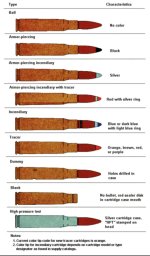seascene
Jr. Member
- Feb 14, 2015
- 93
- 86
- Detector(s) used
- Presently Anfibio Muliti. Sold my MXT sport, TDI pro and Macro Gold Racer Just got April 2023 Deus 2 and Cscope 4 Pi (England made)
- Primary Interest:
- All Treasure Hunting
Dug this up and put it back. A live round?










